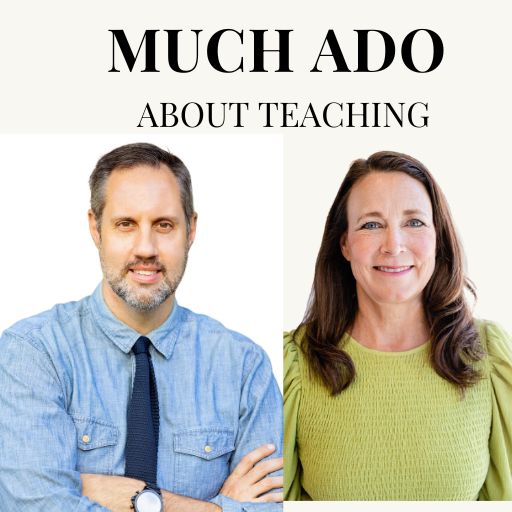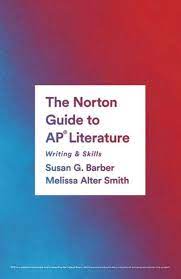In preparation for a mini lesson on body paragraphs that I taught this week, I purchased an essay-writing unit on Teachers Pay Teachers and was woefully disappointed. It packaged the same-old basic formula with fancy fonts and pretty borders:
- topic sentence
- example #1
- explain the example
- example #2
- explain the example
- concluding sentence
I find that this type of formulaic approach to writing does more harm than good and I know we as teachers can do better.
To really make a difference and move writers forward we need to change the way students think about body paragraphs and we need to use powerful mini lessons with think alouds, mentor texts, and revisionist writing.
LABELS
Just by changing our wording, we can have an immediate impact on the way our students perceive body paragraphs.
Do me a favor, as you read the word body paragraph, close your eyes pay attention to the image that comes to mind.
Go ahead, do it for a second.
What came to mind? For me, it was a medium-sized chunk of text on a piece of composition paper, written in pencil, that progresses in a predictable and lackluster way.
Did you have a similar image?
The first step I take with my students is dismantle that notion. Students get confined and trapped within the limitations and expectations of body paragraphs. Instead of calling them that, I call them idea paragraphs. It may seem minor and inconsequential, but I think just the opposite – how we label things defines the way in which they are perceived. As Galileo said, “Names and attributes must be accommodated to the essence of things, and not the essence to the names, since things come first and names afterwards.”
Ideas are empowering. Bodies, on the other hand, are forms without a soul.
This small step reinforces and instills the notion that students can express their own thoughts, have their own opinions, and they can find compelling ways to present them.
MINI LESSON
After reading Act I of The Merchant of Venice, my students had to respond to this prompt:
There is a complex power struggle in Act I of The Merchant of Venice. In a well-developed paragraph, analyze the way in which Shakespeare presents the dimensions of power in this unfolding drama.
Before students began writing their responses, they were required to use the classroom dictionaries to define the two essential terms of the prompt — complex and power. Yet, most of my students wrote formulaic responses that did little to address the complexities of the power struggle. At this early stage of the year, it is understandable that their responses were superficial and simplistic.
And its my job to get them to a better place. Here’s how I did it in one mini lesson.
The mini lesson had three goals:
- To model the sorts of questions one needs to ask in order to arrive at a complex response
- Show an example of a strong paragraph, but use it to teach students how to turn a good paragraph into a great one.
- Have them write two powerful sentences that would improve a good body paragraph
MODELING QUESTIONS
TO begin the mini lesson I listed the four major characters of Act I on the board and asked students to identify the power they had. Here’s what it looked like:
Shylock — money, leverage
Antonio — money, status
Bassanio — power over Antonio’s emotions
Portia — wealth and beauty
While this is a good start, the prompt asked students to see complexity, and in order to achieve that, I wanted to show them that it is valuable to look at the opposite or the absence of that thing. In this case, they needed to look at how each character was powerless.
Here’s what they told me:
Shylock — discriminated against because of his religion
Antonio — he recklessly tries to aid Bassanio, his pride renders him powerless
Bassanio — he is foolish with money and reckless with other’s feelings
Portia— she is subjected to her father’s will
The final question I asked the students was to look for commonalities or patterns. They found the ideas of money and status to be the two common threads.
Now we had an idea that we could write a great paragraph about.
This modeling is important because many students will resort to their first impulse when given a prompt and not ask the right questions to arrive at a better, more sophisticated answer.
GOING FROM GOOD TO GREAT
Here is an example of one of the best responses I received:
In Act I of The Merchant of Venice, Shakespeare uses wealthy characters like Antonio, Portia, and Shylock to show that even though they all have plenty of money, they are still constantly fighting for power over their wealth, enemies, and even themselves. Although Portia has all the wealth in the world, she is still being controlled by her father, more specifically, the will of her father. The will of her father denies Portia the freedom of choosing her own husband, eliminating any power she has over her life and her future. In Act I, scene I Nerissa states, “therefore the lottery that he hath devised in these three chests of gold, silver, and lead, whereof who chooses his meaning chooses you, will no doubt never be chosen by any rightly but one who shall rightly love you.” Portia’s father created the lottery that will dictate her future husband. When a dear friend is in need, Antonio goes out of his way to help him, even if it means asking for help from his enemy, Shylock. Although Shakespeare writes the exchange between Antonio and Shylock as a business transaction, it is actually a power struggle. In Act I, scene iii, Shylock states, “Expressed in the condition, let the forfeit be nominated for an equal pound of your fair flesh, to be cut off and taken in what part of your body pleaseth me.” Shylock tells Antonio that if Antonio does not return the 3,000 ducats in three months time Shylock will cut off any part of Antonio’s body. By creating this contract, Shylock gives himself power over the situation and Antonio. This contract allows Shylock to basically kill Antonio legally. Each of these characters are put into a position where they have to fight for their power, indicating that wealth does not exactly mean power.
I think that this is an exceptional paragraph at this point in the year and used it as a mentor text in class.
This response has almost everything.
It is so good… but it can be great with two small tweaks.
The two areas of improvement are highlighted in blue. They both come after a quote. Rather than address the power struggle, each sentence merely summarizes what the quote said.
We had a discussion about what the quotes really revealed. The first shows that while Portia may seem powerless because she is subjected to the will of her father, the repetition of the word “rightly” shows that she should have faith in her father’s design because her destined lover will pick the right chest. The second quote shows Shylock’s vengeful nature and need for social retribution.
Students had to rework those sentences, re-writing them with stronger statements about the power struggle in each.
FINAL THOUGHTS
That process of modeling questions, recognizing patterns, developing an idea, and re-writing sentences is slow. But as the period unfolded, students saw the type of thinking that needs to occur in order to write well.
That type of work is the work of the classroom. It is not something you can put a nice border around, but it is the process that can move writers forward.












